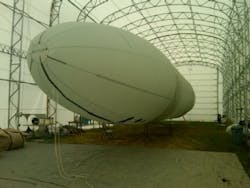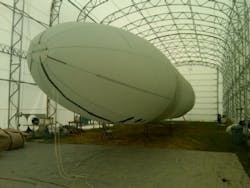NASA Mars Exploration Rover completes three-year journey, arrives at site on Mars
NASA scientists targeted the Endeavour crater, which spans 14 miles (22 kilometers) in diameter, after NASA's Mars Reconnaissance Orbiter detected clay minerals thought to have formed in a warmer, wetter period.
"We're soon going to get the opportunity to sample a rock type the rovers haven't seen yet," predicts Matthew Golombek, Mars Exploration Rover science team member, at NASA's Jet Propulsion Laboratory (JPL) in Pasadena, Calif. "Clay minerals form in wet conditions, so we may learn about a potentially habitable environment that appears to have been very different from those responsible for the rocks comprising the plains."
"Our arrival at this destination is a reminder that these rovers have continued far beyond the original three-month mission," notes John Callas, Mars Exploration Rover project manager at JPL. JPL staff manages the Mars Exploration Rover Project for NASA's Science Mission Directorate in Washington.
"NASA is continuing to write remarkable chapters in our nation's story of exploration with discoveries on Mars and trips to an array of challenging new destinations," NASA Administrator Charles Bolden says. "Opportunity's findings and data from the upcoming Mars Science Laboratory will play a key role in making possible future human missions to Mars and other places where humans have not yet been."

